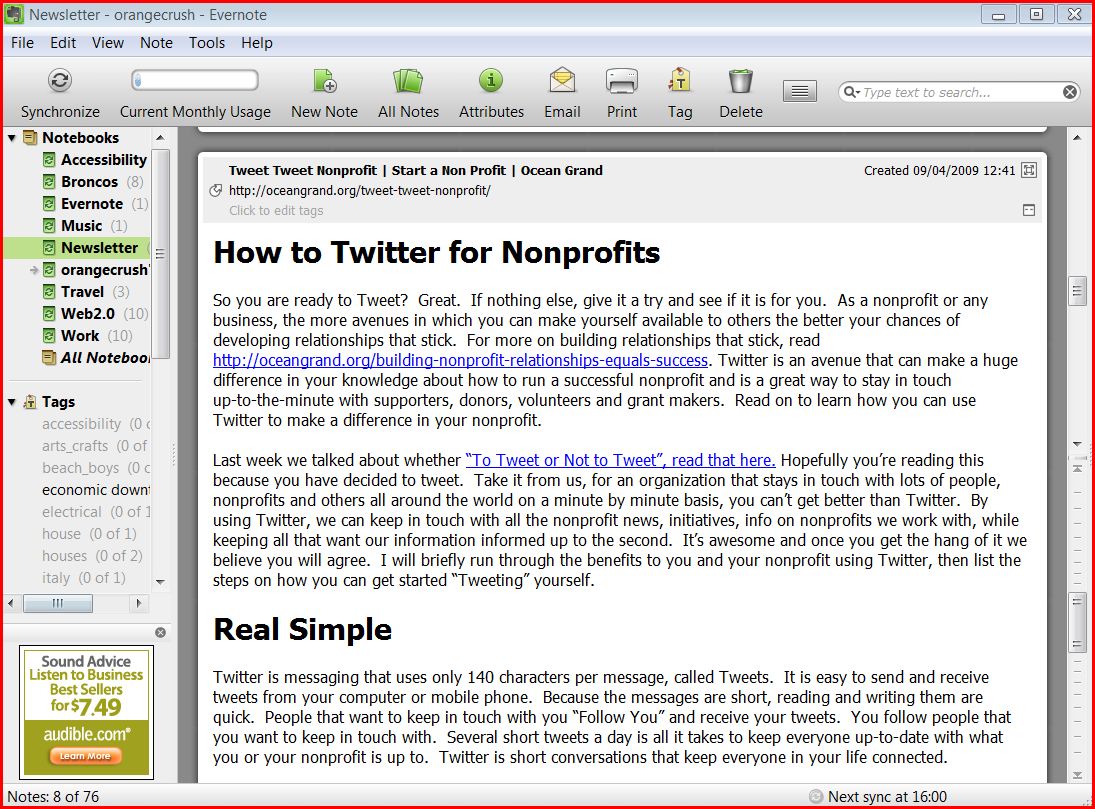Getting Started on a Emergency Management/Business Continuity Program
/The disaster domain is huge. The level of detail and specificity to which you can get is almost infinite. As such, it can be an overwhelming experience for businesses and nonprofits to get started with preparing their organizations for disasters.
In response to an email I just got from a former MPA classmate, I wanted to share some helpful thoughts on how to get started.
The Actions to Take
When discussing this topic, there are four main actions that organizations can take:
- Prepare for a Disaster (through planning, training, exercise and equipment)
- Plan for Response/Continuity of Operations (responding in the moment/maintaining operations, if possible)
- Plan for Recovery (getting back to normal)
- Mitigate Impact (stop things from happening in the first place)

Implementing into the Organization
There are many approaches and models to implement these actions (think program management vs. project management). However, the process typically starts with leadership forming a disaster committee of some sort to begin addressing the organization's disaster needs and corrective actions. The committee then establishes a path forward.
Typical agendas are a variation of the following:
- Identify Risks and Gaps
- Develop Plan(s) to Address Risks and Gaps (keeping in mind the four actions mentioned above)
- Train and Exercise on Those Plans and Purchase Required Tools/Equipment
- Redo Steps 1-3 annually (or at designated intervals).
Given the typical resource constrained environment of organizations, there is a lot of potential to address "low hanging fruit" once risk and gaps are identified. This is not perfect as the approach should be as comprehensive as possible, but it is helpful nonetheless.
The important thing is to not fall into a false sense of security because you have only addressed some of the risk and gaps. The coordination of effort and understanding your strengths and weakness is vital to a successful disaster management program.
High Value Resources
Here are a few high value resources on what nonprofits can begin to do. Grant making institutions should consider baking some of these principles into their grant requirements.
Domain Headings
If you are looking to do more research in this area, especially as your disaster management program matures, you should look for resources in the following domains:
- Emergency Management
- Business Continuity/Continuity of Operations
- Operational Risk Management
- Disaster Recovery
Getting Started
As a starting point, I highly recommend the following priorities:
- Develop a disaster committee led by someone willing and able to champion the effort
- Decide if it is best to shut down, continue operations at full or reduced scale, and/or respond to the disaster (i.e., support the community)? This will help clarify how detailed the planning should be for all scenarios.
- Identify 3 targets for the next year (i.e., establish committee, develop a program plan, develop a plan)
It is easy to get overwhelmed. Focus on establishing realistic goals and moving forward. Any forward movement is better than no movement at all.
Related articles
- Emergency Preparedness Guide | Business Disaster Planning (thehartford.com)
- When It Comes to Disasters, We Don't Plan to Fail We Fail to Plan (habnet1.wordpress.com)
- Natural disasters, rising costs are Canada's biggest public safety risk: documents (globalnews.ca)
- Emergency preparedness checklist for perfect storm Hurricane Sandy - Here's what you need to get NOW (danielleqdlopez.wordpress.com)




